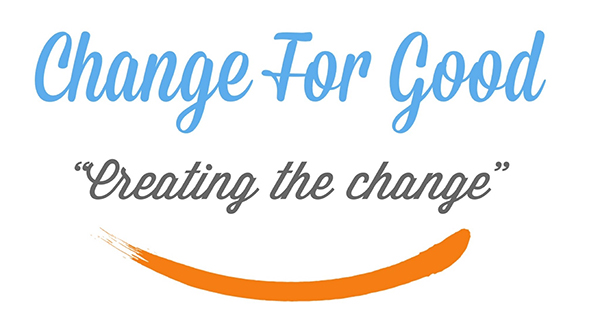Potential societal and group responses
The impact of trauma on organisations and groups has been focused on largely in the sphere of group analysis. I recommend the Earl Hooper (ed) 2012 book 'Trauma and Organisations, Karnac books if you would like to read more about this area. This field of study helpfully seeks to raise our conscious awareness to the impacts on groups to what is conceptualised as either 'strain', which can be thought of as the cumulative affects of daily life... almost like Chinese water torture to events which are catastrophic (Hooper, 2003b). Organisations can become like families where 'trauma has occurred' oscillating between patterns of alienation and patterns of enmeshment if not trauma informed or assisted through the process of recovery.
In traumatic responses which occur around groups and in society, I suggest there is likely to be a symptom of 'dissociation'. It is inevitable the events can occur within societies across the world that will temporarily raise a group’s consciousness to issues relating to traumatic events such as the neglect and abuse of children.
The outcome may be a time limited heightening of awareness, this hyper-vigilance seems to get into the general public’s psyche and becomes a focus of the media. It also becomes a focus of the systems, which are straining to deal with the reality of neglect and abuse of children. In recent years it appear the 'dam' has burst and rightly societies in various countries have begun there historical reviews and public enquiries into child abuse e.g. Scotland, England).
Organisations and groups though, can unfortunately if not 'provided clear forms of support', begin to replicate the derealisation, depersonalisation and numbness that many survivors need to develop when experiencing continual chronic enduring trauma. At this point, I would like to express my gratitude to the knowledge and understanding I have gained from the pioneering work of Dr Sandra Bloom in the development of trauma-informed systems of care (Bloom, 1997; Bloom and Farragher, 2011). 
The wish to 'disavow' or to 'turn away' from the trauma
I feel its helpful to be aware of two dynamics:
- The need to 'avoid', dissociate, and limit the intrusions about the trauma. This numbing or disconnection means getting to a new place is difficult due to continually being triggered back to trauma time,
- The potential to 'rush' into the material without have the necessary coping to manage the material effectively to ensure 'integration' so 'to muchness' becomes a potential to re-traumatise'
For both the survivors and for those who work with survivors, the wish to banish the horror of the on-going situation or past from consciousness needs to be resisted in order to enable the effective integration and assimilation of the traumatic events and to develop responsive systems to meet the needs of children based on the evidence available, such as undetected high levels of PTSD in traumatised looked-after children.
Therefore, there needs to be a focus on acknowledging and understanding the system created by the perpetrator, which, by its very nature, seeks to remain hidden, secretive and isolated from detection (Salter, 1988, 1995). The key themes of communication within healthy systems are that there is a balance between closure and openness, just as in family systems there naturally needs to be some information that is not ‘‘open’’ to the child or young person.
However, the societal response to such situations does not focus on the hundreds of children who continue to be the victims of horrific and enduring abuse in our society, but instead on the cases which reeat the failings of the statutory systems tasked with working with traumatised families. The key themes of communication within healthy systems are that there is a balance between closure and openness, just as in family systems there naturally needs to be some information that is not ‘‘open’’ to the child or young person. The idea of a common sense ‘‘boundary’’ within systems may seem to be a simplistic notion, but all too often find that there is replication of closed boundaries of a dissociative system being replicated within organisations.
Alternatively, we also often find that the balance has swung the other way, and that there are no boundaries, and information that is creating anxiety has been shared when it should not have been. This is a key element that should be explored within therapeutic communities working with traumatised children and young people. The thinking here needs to be orientated around what should be shared with clients (emotional management = open communication also relates to the managing of that which we consciously choose to share). All too often, too much unnecessary information is disclosed, which is therapeutically unhelpful in the process. This creates enmeshment and anxiety with no therapeutic benefits within the therapeutic space (foster care, residential care etc), as well as in organisations and groups.




